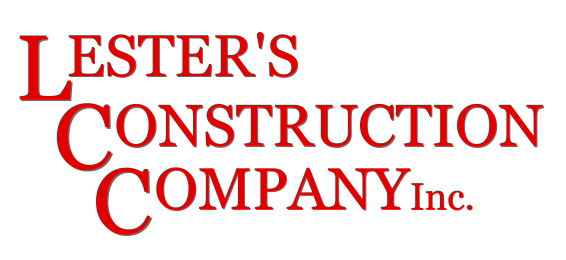Your basement is often the largest untapped area in your home, frequently relegated to damp storage and forgotten workout gear. Yet, with a little vision and confident planning, those square feet could be transformed into your house’s most valuable and functional space. Undertaking basement upgrades will maximize your home’s potential, create new living areas, and significantly boost property value.
Foundation for Successful Basement Upgrades
Before any exciting construction begins, successful basement upgrades rely entirely on addressing the foundational environment. Ignoring these critical steps will lead to costly issues down the road. Water and moisture are the enemies of a finished basement. You can start by making sure your exterior drainage is in good condition, gutters are clean, downspouts are extended, and the ground slopes away from the foundation. Inside, check for foundation cracks and address them. If humidity levels are high, invest in a reliable dehumidifier to maintain healthy humidity levels and prevent mold growth. You can’t confidently build on a damp foundation.
A basement is typically cold and dark. Improving insulation on the walls and around pipes immediately makes the space more comfortable and energy efficient. Instead of relying on a single bare bulb, install recessed lighting throughout the area. Recessed fixtures provide ample, even illumination, making the low ceilings feel taller and more open.
Defining Zones and Function
Once the space is dry, warm, and bright, the fun begins: designing zones that meet your family’s specific needs. One of the most popular uses for a finished basement is a media room or home theater. The lack of natural light is actually an advantage here. Insulate the ceilings and walls with sound-dampening material for a true cinematic experience. Build a custom sectional sofa and install a projector screen for a luxury feel that’s perfect for family movie nights or game day parties.
If your basement has the proper egress windows, consider adding a comfortable guest bedroom and a three-piece bathroom. A private suite is a fantastic basement upgrade for hosting visitors or providing independent living space for family members. Adding a small kitchenette transforms the area into an accessory dwelling unit (ADU), instantly maximizing the home’s resale and rental potential. Another popular option is designating a corner of the basement as a home gym to keep your fitness equipment out of sight. Be sure to lay down rubber flooring to protect the concrete slab and absorb impact and noise.
Finishing Touches: The Aesthetic Side of Basement Upgrades
To ensure your basement feels like a true extension of your home, pay attention to the details that create warmth and polish. Avoid standard carpet directly on the concrete, as it could be prone to moisture issues. Instead, choose water-resistant options like luxury vinyl plank (LVP) or engineered hardwood with an appropriate vapor barrier. Both materials offer the look and feel of real wood while being durable and easy to maintain, an important factor in a successful basement renovation.
Since basements often have low ceilings and exposed ductwork, choosing the right ceiling is critical. Installing a modern drop ceiling allows for easy access to utilities while looking far more finished than the old suspended tiles. Alternatively, if you have enough height, painting the exposed beams and joists a dark color (like black or charcoal) creates a trendy, industrial aesthetic that looks intentional.
Lester’s Construction Company offers construction services in the Piedmont Triad area. Contact us to request an appointment.

